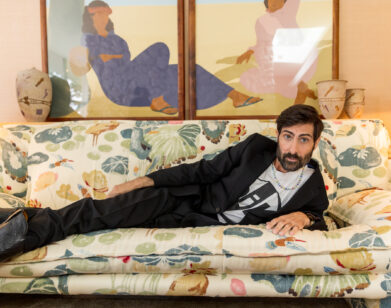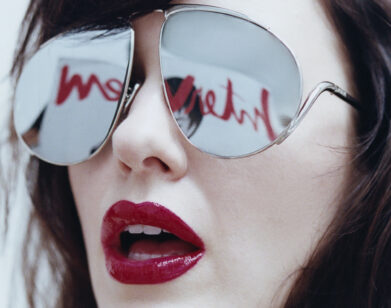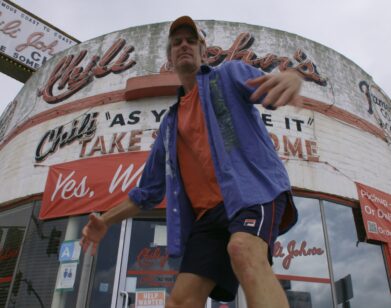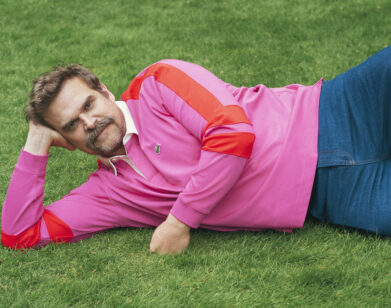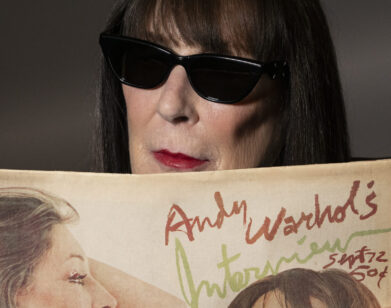House Party: Coming Unhinged with Nobuhiko Obayashi’s Weirdo Classic
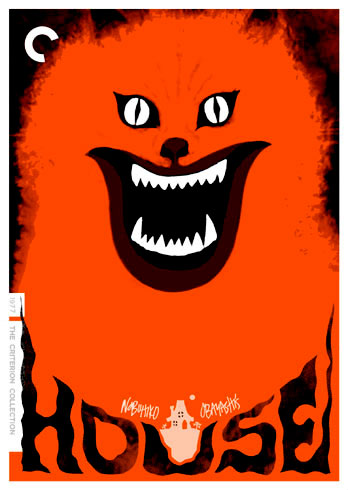
Two questions you’re likely to ask while watching House, a Japanese movie from 1977 that belongs to, or at least established, a category all its own: What drug was the director on when he made it? And where can I get some?
Nobuhiko Obayashi took a familiar ghost-story plot and chopped, twisted, and bedazzled it into a feature-length movie so unhinged that David Lynch seems predictable by comparison, and Dario Argento a paragon of cool restraint. You can argue that it isn’t anywhere near as good as the best work of either of those two filmmakers; but then, evaluating House in traditional critical terms is much harder than simply succumbing to its bizarre appeal. Part of that appeal lies in the film’s rampant contradictions, for here is a nightmare that’s rollicking as a pajama party, a box-office hit (in Japan, at least) with an avant-garde sensibility, and a children’s story about seven girls trapped in a haunted house that has without a doubt also pleased some dirty old men. IMAGE, LEFT, COURTESY OF THE CRITERION COLLECTION
Those contradictions reside in Obayashi himself, an experimental filmmaker who made a living directing commercials. He plays jarring games with form and technique, but is desperate to make every single second entertaining. Film for him is a material canvas, a moving collage, and the constant jump cuts, rewinds, freeze frames, and composite shots make it impossible to participate in this so-called horror film the way you would in a more “realistic” one. Emotions are exaggerated, the spectacular sets and special effects obviously just that. Moreover, how can you feel suspense during the lead-up to a girl’s disembowelment when it’s filmed like a soap opera love scene? And when the girl’s name is Sweet or Kung Fu? And when (in the case of Melody, the musical one) she sort of seems to enjoy being eaten alive by a piano?
Obayashi’s insistence on surface and fragmentation puts him in squarely in the post-modern tradition. But the plot is simple and straightforward, even if much of it gets lost in the confusion, and the rapid editing and abrupt tonal shifts mask the lovingly handmade quality of Obayashi and company’s kitschily veneered gothic world. In the recent video interviews that accompany the new Criterion DVD, Obayashi remarks that a few of the critics who didn’t completely trash House when it came out noticed parallels to early cinema-even if those old filmmakers never dreamed that in the future of movies, a teenage girl’s decapitated head might one day bite her friend in the butt.
THE CRITERION COLLECTION EDITION OF HOUSE WILL BE AVAILABLE ON DVD AND BLU-RAY OCTOBER 26.

